Find Your Perfect Wood Product
If you find a product you like, reach out to us for more details and assistance.
Jatoba (Brazilian Cherry)
Jatoba is an exotic wood that runs from salmon-red to orange-brown. It darkens into a russet to reddish-brown color after drying, and it is frequently marked with dark streaks. It is reported to have good strength qualities and can be used in structural applications for which Oak would be suitable.
Length: 10′
Thickness: 4/4 $9/Bd ft
- Common Name(s): Jatoba
- Scientific Name: Hymenaea courbaril
- Distribution: Central America, southern Mexico, northern South America, and the West Indies
- Tree Size: 100-130 ft (30-40 m) tall, 2-4 ft (.6-1.2 m) trunk diameter
- Average Dried Weight: 57 lbs/ft3 (910 kg/m3)
- Janka Hardness: 2,690 lbf (11,950 N)
- Crushing Strength: 11,780 lbf/in2 (81.2 MPa)
Heartwood: Varies from a light orangish brown to a darker reddish brown, sometimes with contrasting darker grayish brown streaks.
Sapwood: light grayish yellow, clearly demarcated from the heartwood.
Grain: Grain is typically interlocked.
Texture: Medium to coarse texture.
Jatoba (Brazilian Cherry) is noted as being very durable in regards to rot resistance, and is also resistant to termites and most other insects.
Jatoba (Brazilian Cherry) is considered difficult to work with on account of its density and hardness, and has a moderate blunting effect on tool cutters. Jatoba be difficult to plane without tearout due to its interlocking grain. However, it does glues, stain, turn, and finish well. Jatoba also responds well to steam-bending.
- Flooring
- Fine furniture
- Cabinetry
- Boatbuilding
- Turned objects
- Small specialty wood items

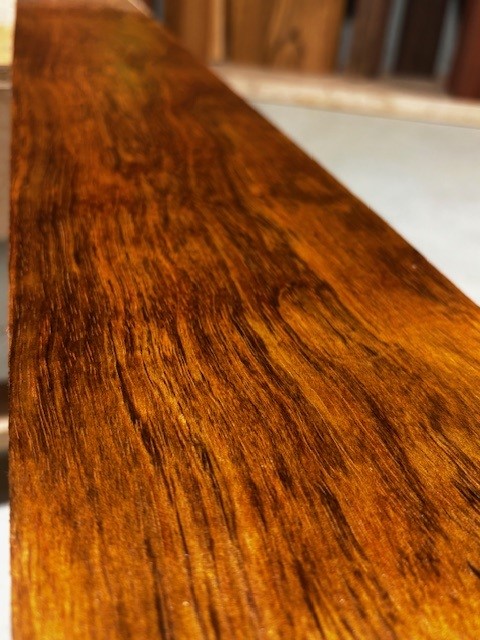
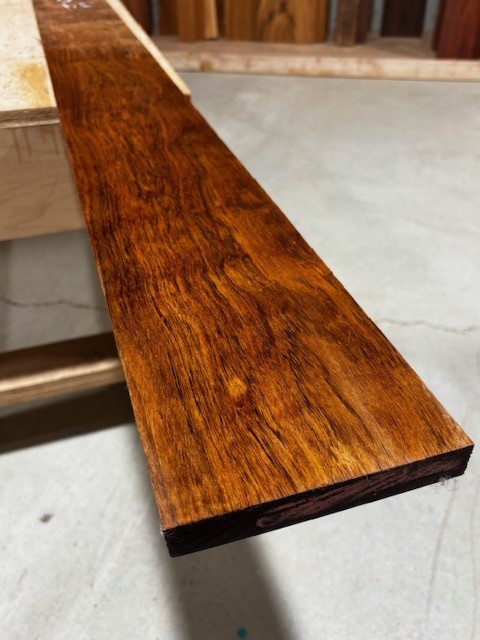
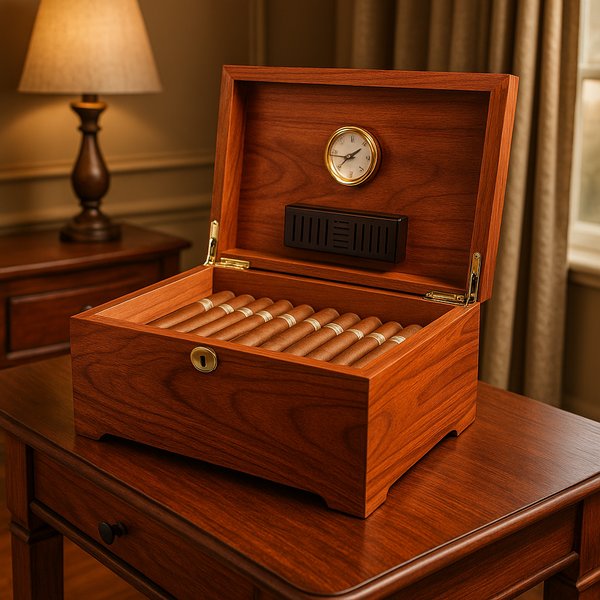
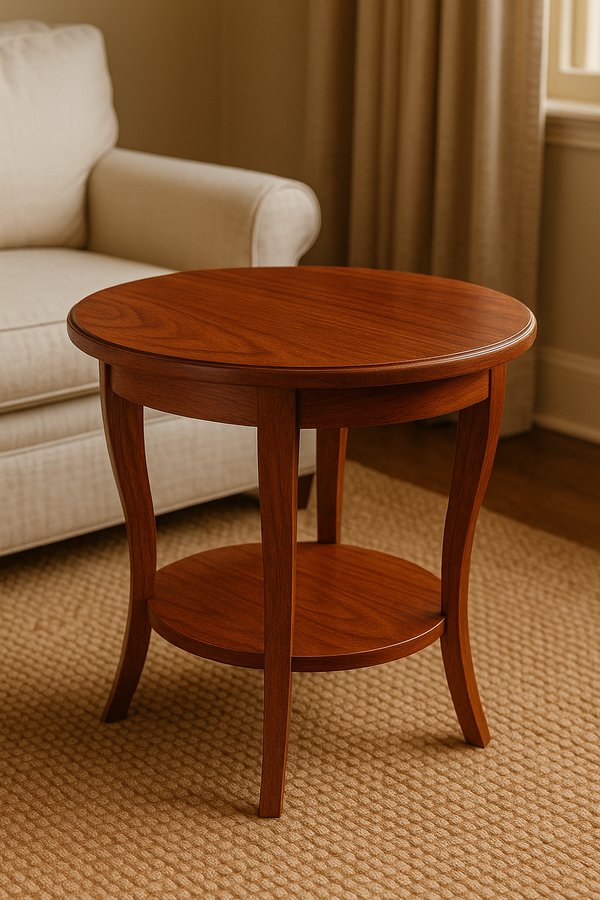
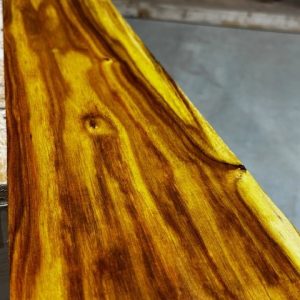

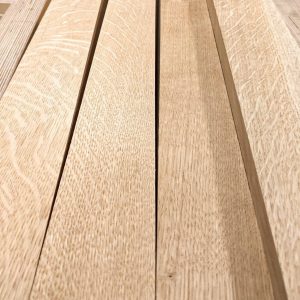
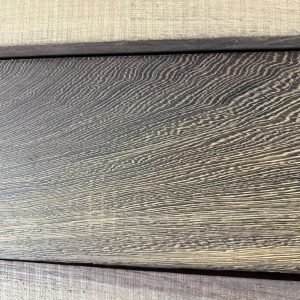
Although it’s widely named “Brazilian Cherry,” (mostly among flooring sellers), it bears little relation to the domestic Cherry (Prunus serotina) that is found in the US, except perhaps that its natural color closely matches the common stained color of domestic Cherry that has been aged/stained reddish-brown as seen on some interior furniture.
Jatoba is exceptionally stiff, strong, and hard—representing a great value for woodworkers seeking high-strength, low-cost lumber.
Note: Jatoba is not listed in the CITES Appendices or on the IUCN Red List of Threatened Species, but sustainable sourcing practices are recommended to ensure the preservation of this valuable wood.